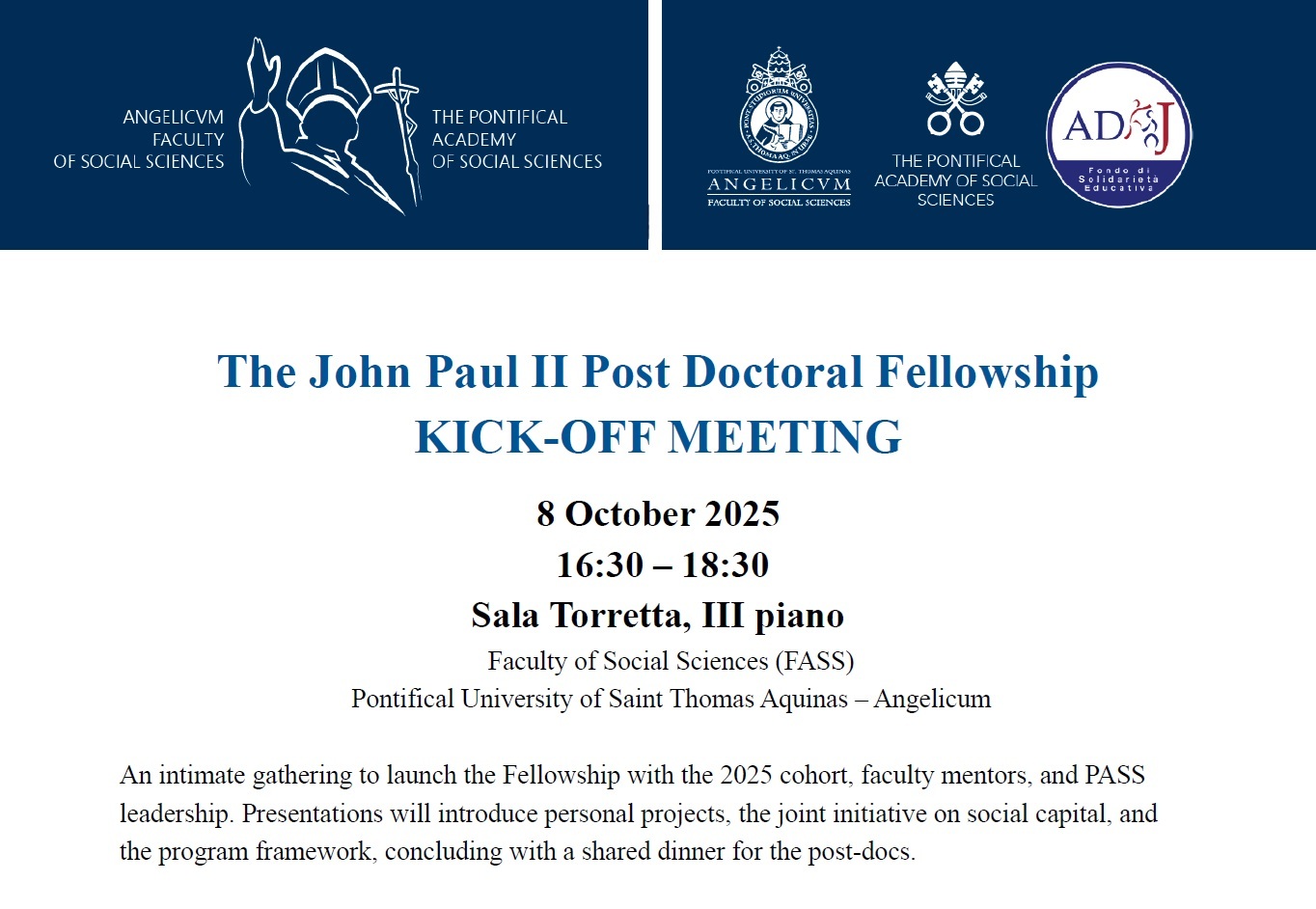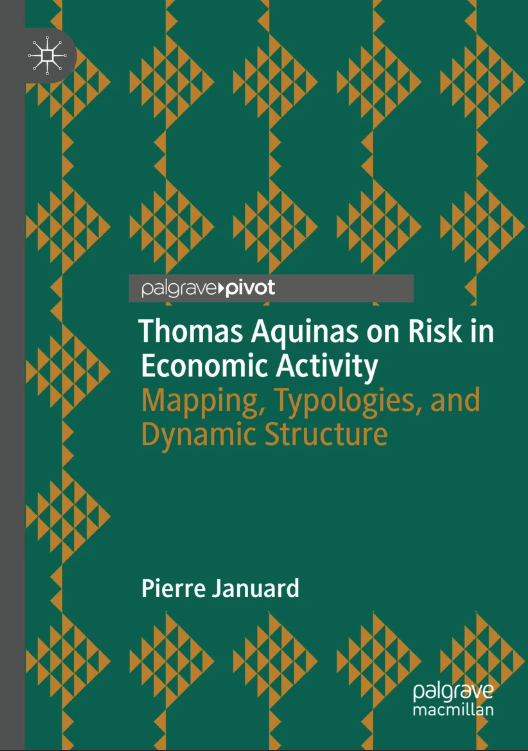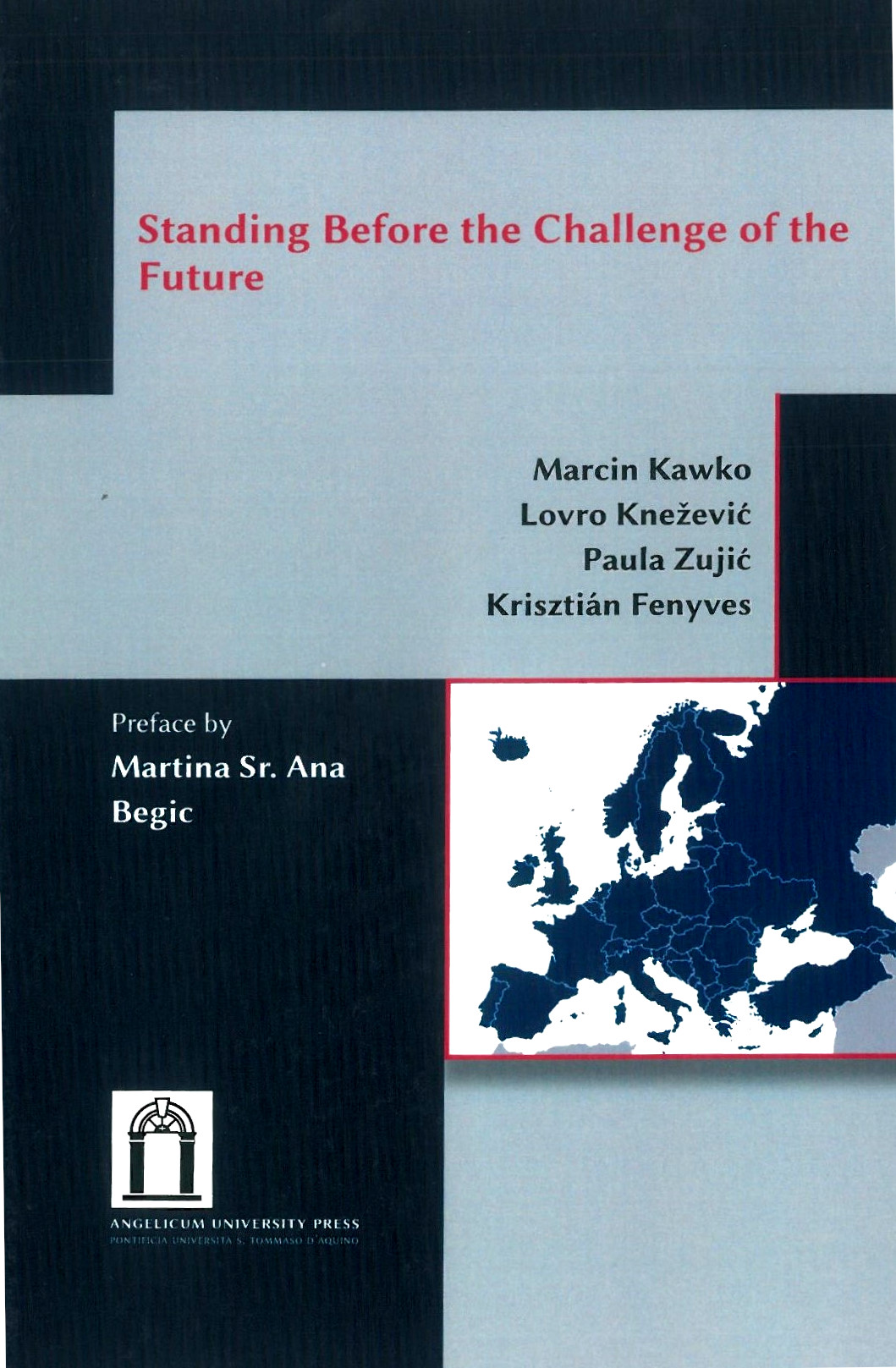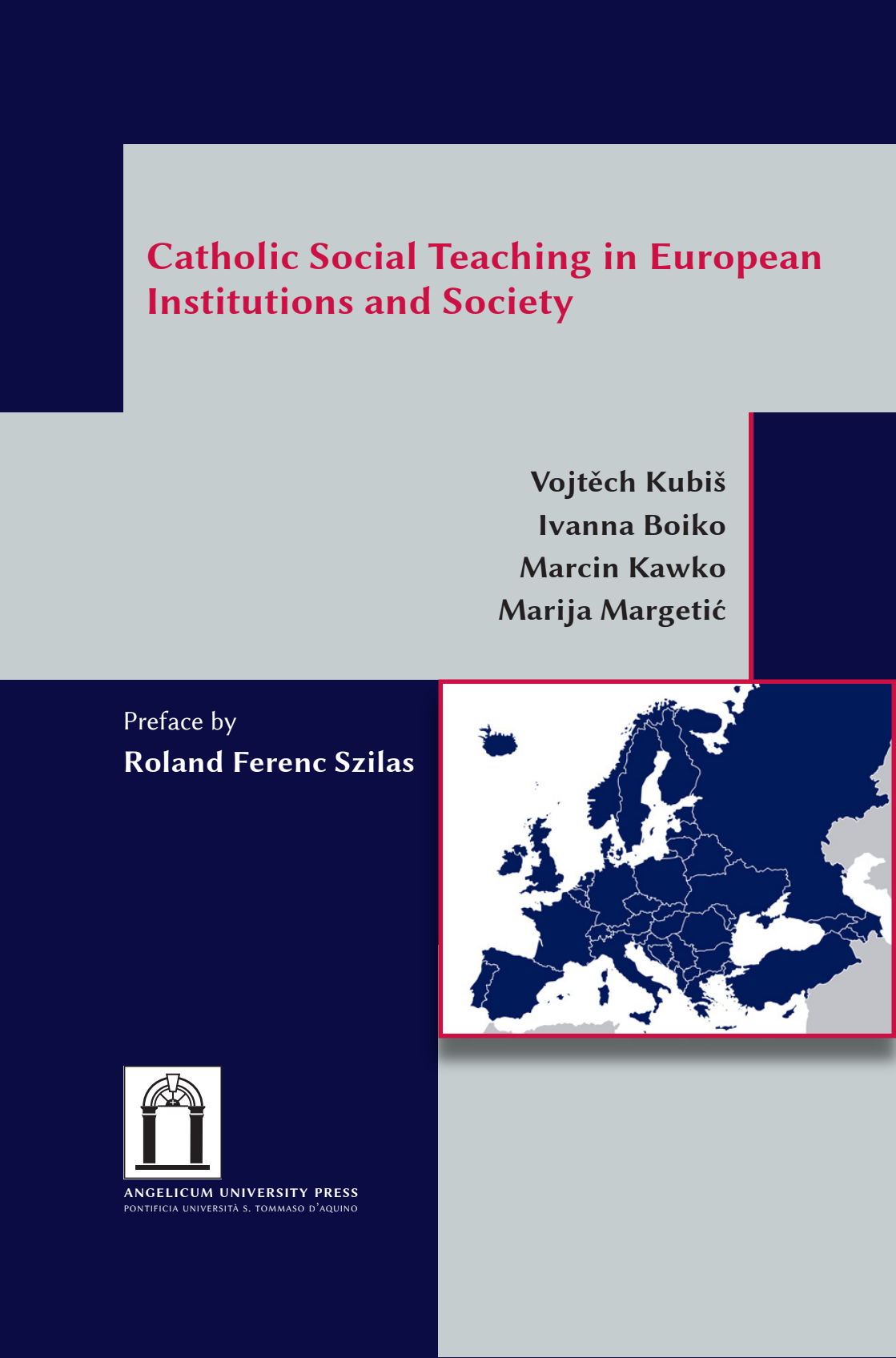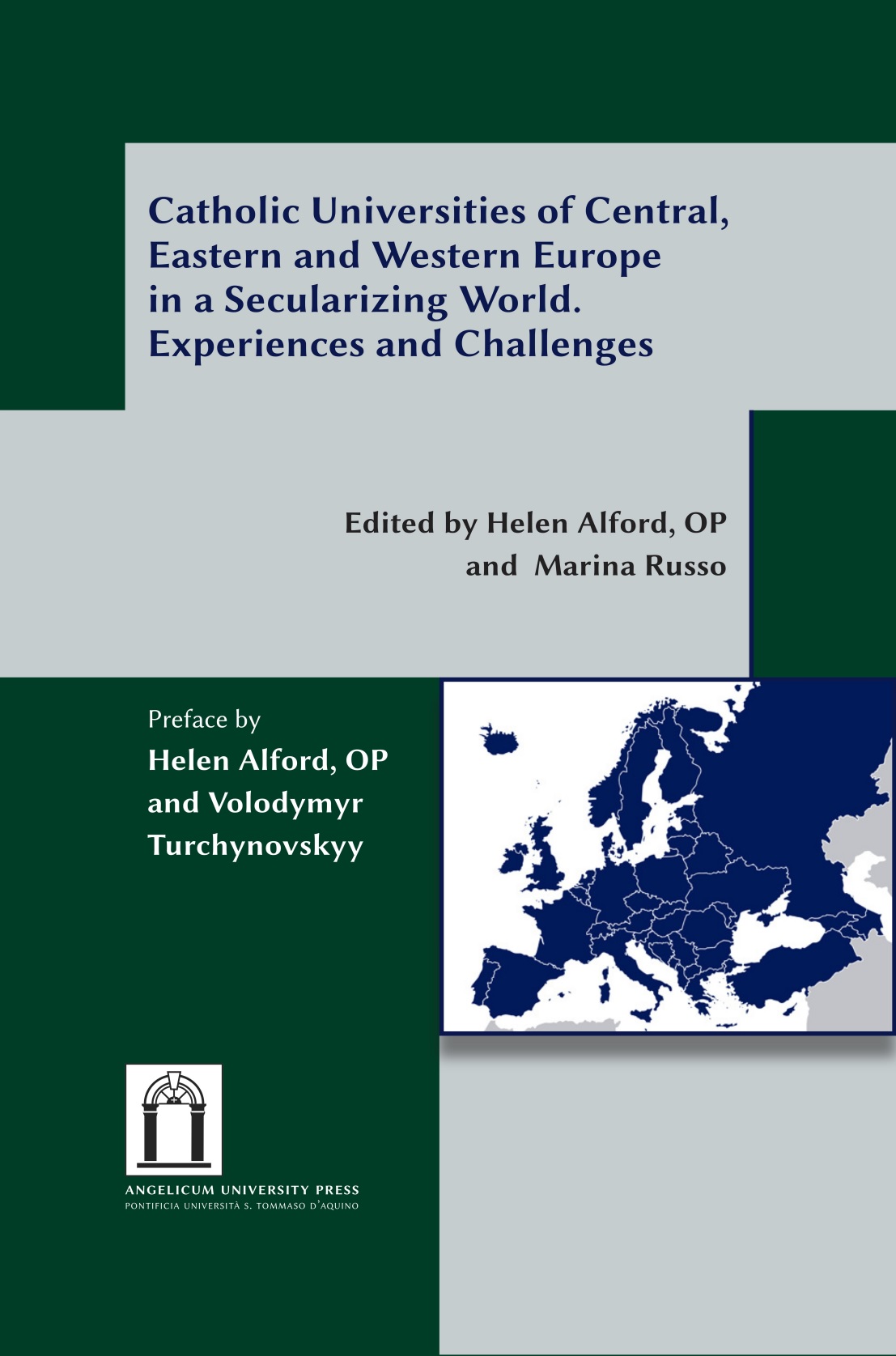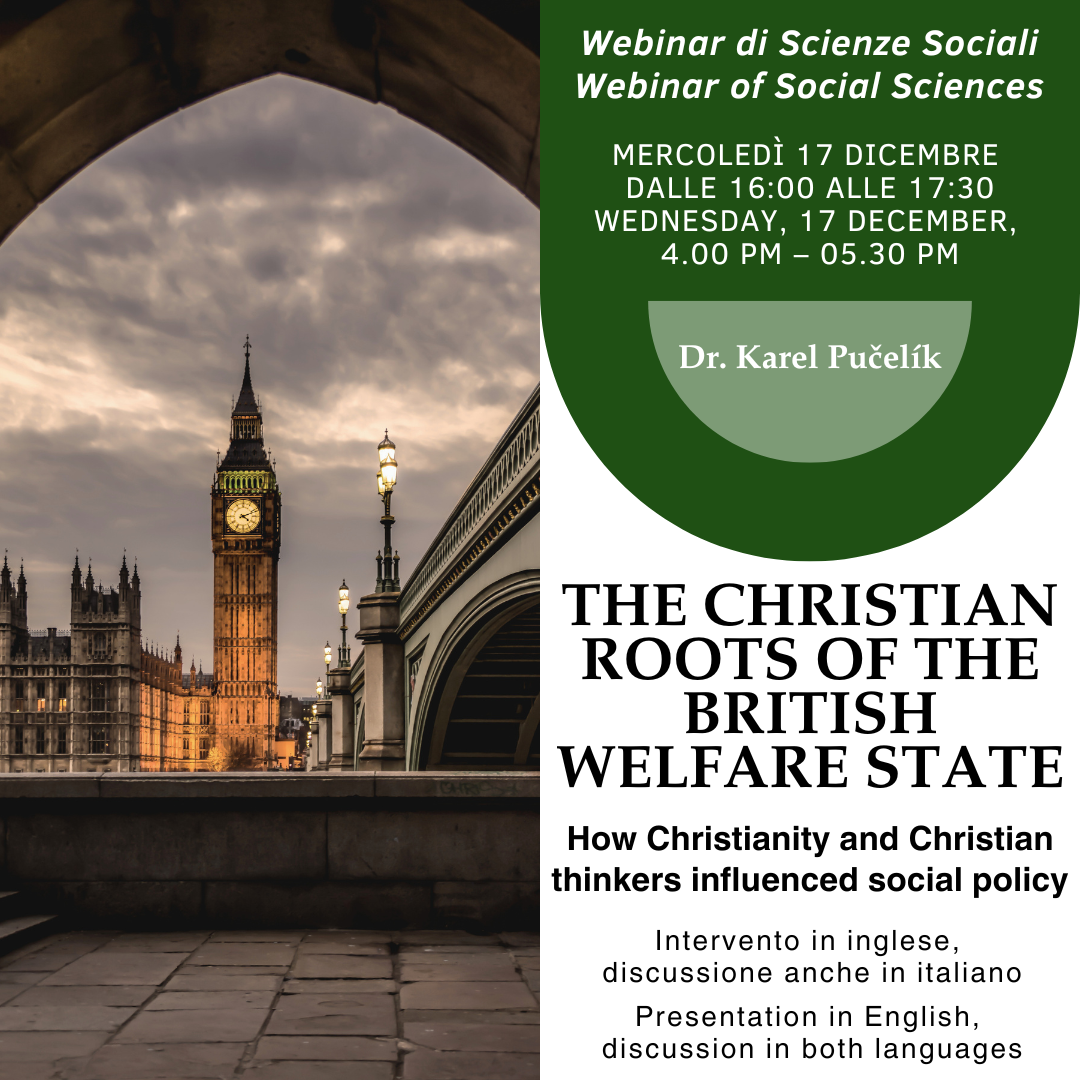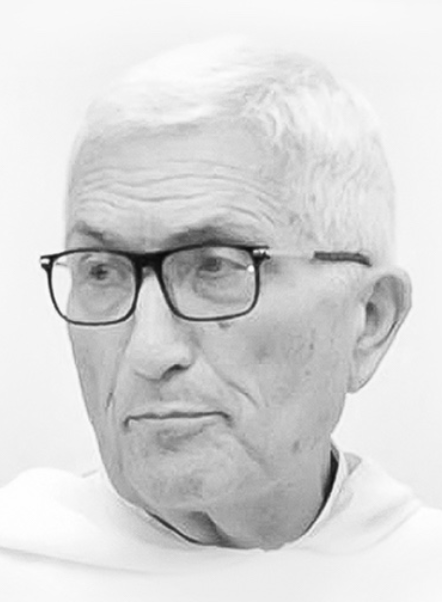This text comes from a longer articleThis text comes from a longer article
of the same name that will bepublished in 2016 by DominicanPublications,
Dublin, as part ofthe book “Preaching Justice II:Contributions of Dominican
Sistersto Social Justice in the TwentiethCentury”.
[….]
Prophetic Imagination
The term “prophetic” is here used cautiously, because it is sometimes too glibly spoken to indicate an individualized path, or a modus operandi separate from the Church, a term thereby reduced to meaning “institution”, and implying a generalized declaration against the status quo, without qualification. The idea of “prophetic” resistance or protest needs to be kept in interdependent relationship with the community and its needs, in openness to the fullness of God’s purposes. Such historically complex symbol structures as Covenant or Reign of God are meaningless outside God’s relationship with the community, and require a proper understanding of the often ambivalent biblical prophets (such as Ezekiel or Jeremiah), in their histories and traditions. In Ireland we have learned that the prophetic challenge is not immune from grey moral edges, and the prophetic call involves a return to spiritual and moral renewal of the whole community.
and implying a generalized declaration against the status quo, without qualification. The idea of “prophetic” resistance or protest needs to be kept in interdependent relationship with the community and its needs, in openness to the fullness of God’s purposes. Such historically complex symbol structures as Covenant or Reign of God are meaningless outside God’s relationship with the community, and require a proper understanding of the often ambivalent biblical prophets (such as Ezekiel or Jeremiah), in their histories and traditions. In Ireland we have learned that the prophetic challenge is not immune from grey moral edges, and the prophetic call involves a return to spiritual and moral renewal of the whole community.
Northern Ireland was in a situation which called for prophetic resistance, through faith, to the unquestioned certainties of a dominant ideology and the intellectual search for truth. This involved entering into collective expressions of suffering in cries of anger and lament that gave birth to hope when all seemed beyond hope, and taking the risk to open up and reach across boundaries of enmity, believing that love could be real, across the grain of tribal convention. Furthermore, in Northern Ireland, such prophetic gestures and processes could be transformed by being grounded in the person, teaching and actions of Jesus Christ, the Way, the Truth and the Life.1
The Currach Community has already been mentioned. Situated on the Springfield Road-Workman Avenue “Peaceline” in Belfast, its founding by Sr Noreen Christian was an act of prophetic imagination2. On her return to ministry in Northern Ireland, after twenty-five years teaching in South Africa, Noreen worked with other Christians in the mainly non-resident ecumenical Cornerstone Community which had grown out of an interchurch prayer group in Clonard Monastery close to a Unionist/Nationalist interface. On completing a term as Prioress of the Falls Road community, 1987-1991, Noreen continued discerning with other colleagues. Thus, with an underlying vision of being an ecumenical residential community on the “Peaceline”, Currach Community was opened in 1992. The name Currach (the Irish word for a small boat or coracle) evokes images of the created seas, the Celtic past, and of the boat symbolising the ecumenical movement. It was mixed as to gender, ethnic background and confessional belonging, with both religious and lay members.
With reconciliation a key directive from successive regional and congregational chapters, Noreen’s vision and the ongoing mission of Currach had the support of regional and congregational leadership. Appropriate premises had, providentially, been purchased and refurbished by the Methodist Church (its Belfast Central Mission). The property was adjacent to Springfield Road Methodist Church, which, owing to the accidents of history, now lay inconveniently for its parishioners on the Catholic/Nationalist side of the wall and gates. Currach thus provided a garden path throughway to the side door of the Methodist Church, with Noreen symbolically as the gatekeeper!3
Another founding member was Fr Redmond Fitzmaurice OP. Until his death in 1999 Redmond also lectured in the postgraduate Irish School of Ecumenics, as a specialist in Islam and Interreligious Dialogue. Redmond lived at Currach during his sabbatical year, and the two Dominicans were joined by another male colleague and by a married couple just returned from working overseas to take up positions as doctors in the nearby Royal Victoria Hospital. The fledgling group committed to living there as an ecumenical community for one year and to contributing in some way towards the ministry of healing and reconciliation in the local area. Noreen relates that they also “sought to build healthy relationships with each other and with the surrounding community, on both sides of the divide, whilst also searching for an appropriate way of praying together.” Over time, the community became the gathering place for children’s homework and reading clubs, art groups and women’s groups. The house also aroused suspicion and even hostility, frequently the butt of stoning, paint-bombing, and indeed a rocket attack, as at certain times of the year tensions in the neighbourhood ran perilously high. Some people simply had no way of imagining how such a community group – mixed confessionally and culturally – could actually coexist and doubted that they could be trusted. But that changed gradually as new projects with local people took shape. The main one was the Forthspring initiative, in which Currach, Cornerstone, the Methodist Church and the Mid-Springfield Community Association joined forces, with the aims of community development, peace and reconciliation foremost, soon employing youth and community workers, cafeteria workers and volunteers to coordinate a range of local projects.
Soon, Sr Noreen, with Fr Brian Lennon SJ, set up and co-directed an office on behalf of CORI in Belfast – next door to the nearby Methodist Church on the Nationalist side of the wall. Other plans grew apace, including the development of Religious for Justice and Peace, and much later, of Embrace Northern Ireland, to provide structured practical and personal support to migrants and asylum seekers in Northern Ireland.4 Later, in the period following the Good Friday Agreement when the peace process was to know a decade of constant instability, Sr Noreen and Fr Brian joined energies again, setting up Community Dialogue – a civic movement aimed at assisting people to analyse, dialogue and make responses to the fast-moving political shifts and social changes that the community was experiencing, through structured and safe opportunities for dialogue. Training and direct work on behalf of the NGO, Mediation Northern Ireland, was another fruitful and challenging activity, and Noreen in due course served as a board member.5
All these processes and encounters enriched and expanded the life of the Currach Community and of the Dominican Family, with whom connections were sustained through visits and the hosting of meetings of common interest, including, for example, the Dominican Ecumenism and Justice group, and Religious for Justice. Noreen describes a highpoint in her Currach years as the day in 1991 when the Dalai Lama visited Forthspring, and the iron gates were flung open to welcome this ambassador of peace. He had come to speak at an international conference at Belfast’s Waterfront Hall (I was privileged to share the platform with him in a panel conversation on “The Things that Make for Peace”). Noreen’s leadership was indeed prophetic, not least in her capacity to draw others together in the hopeful search for a new, shared vision. That leadership received public, and indeed royal, recognition, for she was cited in Queen Elizabeth’s Honours List and received an OBE at Buckingham Palace in 1998; the following year, she also received the President’s Prize Award at the White House, USA. The Currach Community continues today, now under the care of Marist Sisters, but Noreen Christian stands out as a counter-cultural Dominican who has left behind her a legacy of the spiritual and social fruits of reconciliation, when all the historic odds seemed stacked in favour of violent division.
When responsibility for CORI’s Northern Ireland work fell to Sr Brighde Valleley, in the post-conflict period following the Good Friday Agreement, 1998, she met the new historic challenges with insight and vigour, creating openings for bold politically-informed initiatives that were both ecumenically and community-based. A few examples among many can be noted for their prophetic significance. Sr Brighde knew that sectarian fears and animosities were deeply embedded, making it essential to work with statutory bodies such as the Good Relations Council and the Office of the Police Ombudsman, to ensure structural change. But she was also alive to the transforming power of symbolic imagination for moving towards a shared future. A small digression may illustrate, but it provides an apposite analogy.
The former Irish President, Mary McAleese, and Queen Elizabeth II were hailed for their prophetic gesture in coming together at Messines in Belgium, 2006, to dedicate a Peace Park jointly, in honour of the Irish and British soldiers who had fallen together in World War II.6 Their gesture bridged a centuries-old chasm in British-Irish relationships, and in Dublin, May 2011, President and Queen repeated the gesture of joining together in shared remembrance of those Irish Volunteers who died fighting to overthrow the British yoke in 1916, and later of those who had died fighting in the British Army during two world wars. Their symbolic gesture was justifiably hailed by the media and by people of every political stripe as historically momentous.
Sr Brighde Vallely was possessed of a similar sense of the transformative power of symbol in the work of assuaging fears and reconciling those at enmity. This was evident when she and a senior official in the Police Ombudsman’s office prepared a group of young Loyalists and accompanied them on a field trip to Belgium. She explained that relationships were not yet sufficiently formed to embark on a purposeful venture with their opposite numbers from a Republican background. Peace comes dropping slow. But this was a stage in a journey that crossed deep-dividing boundaries, inspired by a prophetic vision that guided that intensive week-long visit, “to a country”, as Brighde described it, “with three official languages and three identities, yet little conflict and with the reality of peaceful co-existence, safety and tolerance.” Equally important, on their return home, Brighde continues, “we were able to focus on helping the members of the community to which the group belongs to move beyond their fears and prejudices and begin the process of creating a new future.”
Another, and more highly contentious, example can be given, though the project was to take five years to come to fruition. In 2001, global media beamed pictures of terrified youngsters being prevented from going to their local primary school though a Loyalist street by local Loyalist protesters, who were using this as a platform for many genuine grievances of a small beleaguered Protestant community who were at the time hostage to a nightly barrage of bottles and other projectiles from the Republican side of the “Peaceline”. They had had enough, and determined on blockading the throughway to the Catholic Holy Cross Primary School along their street.
Some of the children’s parents forced the issue, flanking or carrying their children to school though a military-shielded corridor of steel. It was an appalling sight – terrorised children caught as pawns betwixt clashing ideologies and competing rights – on the children’s part, the right to education, and on the part of the protesters, the right to live in safety from nightly attacks in their own homes. The “two churches” despite their best efforts to build bridges, found themselves mired in a morass of misunderstanding, trauma and recrimination. So Brighde and her Protestant colleague worked for a year in a facilitating role with a small group of people from the Catholic Holy Cross Church and Immanuel Anglican Church. Slowly, fears were overcome, hurts acknowledged, and, through table fellowship and shared worship, relationships were formed which would carry through into the Immanuel-Holy Cross Initiative in succeeding years. Its culmination was a St Patrick’s Day Celebration Breakfast in 2006, in a hotel on the other side of the city. Children from the two local schools travelled there together and entertained two hundred guests, at which, hearts warmed to see the happy commingling of the yellow and red uniforms. Brighde shared the address that day with Rev. Dr Ian Paisley. Her inclusive and prophetic words elicited a poem written on the spot by the representative of the Irish Minister for Foreign Affairs, praising Brighde for her seeing further than others could see: He writes: “But you brought us on your magical mind journey … From India to your final destination”.
Tellingly, however, Sr Brighde reserves her praise for the many who participated in the five years painstaking and risky work, and particularly, the two school Principals, “for their courage and determination to bring healing to the Ardoyne area of North Belfast.”
To conclude this section I add some comment about my own, and Dominican involvement generally, in the Irish School of Ecumenics (ISE), a cross-border institute of Trinity College Dublin, with a small campus also in Belfast. In point of fact, many other Dominicans have been part of the life and work of ISE. Among its earliest supporters were several Dominicans, of whom Austin Flannery OP deserves particular acknowledgement. When I became Director of ISE for the first time (1994-1999),7 Fr Austin Flannery OP was the longest serving person on ISE’s Steering Committee and also a member of its Academic Council. Sr Margaret Mac Curtain OP too was a Council member and had also contributed to ISE’s research project on “Reconciling Memories.”8
For almost a quarter of a century, I have found many openings for formal and informal collaboration between Dominicans and the Irish School of Ecumenics, especially in Northern Ireland but also in broader ecumenical initiatives – as, for example, with the World Council of Churches and the Pontifical Council for Christian Unity. The Irish Region Council, the Congregation Council of the Cabra Congregation, and the Irish Province of the Friars, have, at different times, contributed generously to educational and research initiatives, including jointly creating and funding, with ISE, an Adult Theology lectureship in “Education for Reconciliation”. Local Dominican communities have also been generous, and made of their communities or halls hospitable meeting places for Protestants and Catholics to come together for courses in peacebuilding from the perspective of ecumenics and social ethics in a divided society. The sisters’ community in Aquinas House, Belfast, was one such as this, where Srs Olive Cooney, Antoinette Doherty, Teresa Pender, and Rosaire Boden sustained the ethos of an ecumenics programme led by Dr Cathy Higgins – a young teacher with lifelong associations with all the Dominican educational institutions in Northern Ireland, and also a graduate of ISE. Through the creative ecumenical vision of Fr Ben Hegarty OP (another ISE graduate) and Fr Redmond Fitzmaurice OP, St Catherine’s Friary in Newry, on the border with the Republic of Ireland, worked with ISE staff over several years, joining hands across the border with the Priory in Dundalk. To this day, one encounters in significant interchurch and intercommunity leadership roles folk who began their ecumenical journey in programmes such as these, some of whom proceeded to take higher degrees in Ecumenics or Reconciliation Studies in ISE, or who undertook community-based restorative justice projects or conflict resolution work on sectarian interfaces in crisis events to come.
The support of the wider congregation was always significant, but partnership with others in both civic-based and church-related endeavours has also been crucial for Dominican sisters in setting free prophetic vision and the courage to take risks. Dominicans working in the North of Ireland have faced many challenges in bearing witness to the Spirit blowing in unfamiliar and unlikely quarters. In retrospect, prophetic witness to the signs of the times and to God’s saving grace, unsurprisingly, has involved welcoming the light from any quarter. The leadership of the Cabra Congregation has been magnanimous in freeing some sisters for mission beyond the normal institutional contexts to work in cooperation with others in the secular sphere, from other churches, or in ecumenical settings. It is not surprising, on reflection, to find that prophetic imagination called us not only to challenge denominational and sectarian divisions, but also led us to creative initiatives that actually embodied ecumenical relationships and partnership with the “un-churched.” The prophetic vocation, whatever the times of loneliness, actually implies that we do not go it alone, and that the future is not determined by the prevailing or dominant expectations: Sr Noreen Christian leading the Currach Community or working with the Methodist Church or with Jesuit colleagues; Sr Brighde Vallely and her colleagues working their way indefatigably through a community impasse; Dominican leadership in joint commitments with the Irish School of Ecumenics towards reconciling truth and memory, faith and politics, justice and peace. These have witnessed to the deep power of prophetic collaboration.9
The prophetic call opens us up to the possibility of new creation and of journeying forward in faith. It is worth recalling here what was said earlier about the catalyzing influence for peace and justice of those sisters who returned from mission abroad and who had themselves been changed by the wider encounter of cultures and religious visions in dialogue and struggle together. These have brought to Dominican mission in Ireland an enlivening vitality, a breadth of perspective, and a readiness to take risks for peace because it is the Gospel way. Although their questions may not always have been immediately appreciated, the dynamic conversations that the questions provoked between themselves and the many sisters who had wrestled continuously with contemporary challenges or made innovative moves to engage frontier issues of peace and reconciliation closer to home, opened up a broader sense of the Church Catholic and of alternative ways of being a more participative church, of the potential for leadership-in-solidarity, and of the urgency of working for unity and peace in an ever more plural yet interconnected global world.
[….]
NOTES
1. See, for example, Walter Brueggemann, Hope within History, John Knox Press, Atlanta, 1987.
2. See Walter Brueggemann, The Prophetic Imagination, Fortress Press, Philadelphia, 1978; Hopeful Imagination: Prophetic Voices in Exile, Fortress Press, Philadelphia and SCM Press, London, 1986.
3. Funding was provided by the Dominican Congregation Cabra, the Irish Dominican Province of the Friars and the nearby sister-community, Cornerstone.
4. Sr Catherine Campbell OP, one of the founders, who had recently returned from many years in South Africa where she had been active in the anti-apartheid movement, was well poised to give leadership. A number of Dominicans were the driving force and providers of woman-power in the early days of EMBRACE (www.embraceni.org, last accessed 04.05.12). Other Dominicans too have been active in an island wide ecumenical initiative, which began as the Churches Commission on Racial Justice, and now operates as the All Island Churches Consultative Meeting on Racism, focusing on research, conferences, collaborative action, and publications on intercultural relations.
5. Mediation Northern Ireland (MNI) is a mediation organization, which played a pivotal role in resolving conflicts and mediating acceptable solutions in major stalemate situations, such as those associated with annual Orange Parades at Drumcree, South West of Belfast, with surrounding violence, siege and arson. Sr Brighde Vallely later became a board member of MNI, and Sr Geraldine Smyth collaborated with this organization on Partners in Transformation, 2002-2005 – sponsored jointly by Mediation Northern Ireland and the Irish School of Ecumenics. Noreen’s mediation training and skills were called into play in 1994 when she was invited by an interchurch group to return to South Africa for six weeks to work as a Peace Monitor leading up to the first inclusive free elections there, which saw in the Presidency of Nelson Mandela and generated hope in the heart of every peacemaker.
6. Professor Mary McAleese, long before becoming President, had been committed to ecumenical reconciliation. Inter alia, she had been a member of the Irish Interchurch Meeting’s Department of Social Issues Working Party on “Sectarianism”. The IICM is a national ecumenical body in Ireland. The publication which emanated from the IICM working party is published has been published as: Sectarianism: A Discussion Document, Irish Inter-Church Meeting, 1993.
7. Cf., Geraldine Smyth OP, “Challenge and Change: 1994-1999”, in The Irish School of Ecumenics: May it Flourish in Order to Perish, ed., Michael Hurley SJ, Columba Press, Dublin, pp. 159-192. My chapter in the founder’s edited collection is one among successive Directors of ISE giving an overview analysis of respective periods in office.
8. See Alan Falconer (ed), Reconciling Memories, Columba Press, Dublin 1988; an updated and fuller edition was published a decade later under the same tile, edited by Alan Falconer and Joseph Liechty. Margaret MacCurtain’s chapter is entitled, “Reconciling Histories”.
9. Another collaborative venture of note is the Interchurch Group on Faith and Politics closely associated with the Irish School of Ecumenics and the Corrymeela Community (I have been a member since 1993). This group grapples with specific cultural and theological aspects of church and society through debate, structured meetings with political and church leaders, and publications. See for example, Doing unto Others: Parity of Esteem in a Contested Space, Faith and Politics Group, Belfast, 1997; Boasting: Self-righteous Collective Superiority as a Cause of Conflict (1999); Doing unto Others: Parity of Esteem in a Transition, Faith and Politics Group, Belfast (2001); A Time to Heal: Perspectives on Reconciliation (2002). After several years in abeyance the group re-formed in 2010. All its publications are available on the following website: www.irishchurches.org/resources (last accessed 30.07.12).
 IT
IT  EN
EN 
